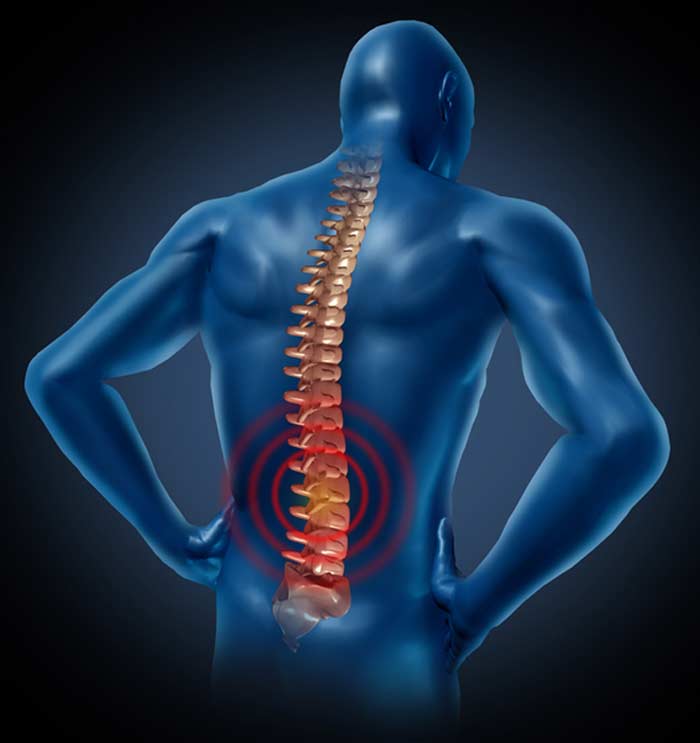
Minimally invasive spine surgery (MISS) is a type of surgery performed on various parts of the spine.
It’s an approach to surgery that’s done in a way that’s less invasive than traditional open surgery. Smaller incisions and special instruments are used to reduce trauma and disruption to nearby muscles and structures.
It’s becoming increasingly common for decompression and stabilization procedures to be performed in minimally invasive ways, which often results in fewer patient risks and a faster recovery time.
What Conditions Can Be Treated with MISS?
Lumbar discectomies, laminectomies, and even some types of spinal fusion surgery are among the procedures commonly performed with minimally invasive methods. Not all conditions can be corrected with MISS, although many of the more common sources of spine-related pain may be resolved with less invasive techniques under the right circumstances. Whether or not MISS is appropriate will be determined by a thorough examination that usually includes a review of a patient’s medical history, laboratory testing, and image testing. Conditions that may be successfully treated with MISS include:
- Spinal instability
- Disc herniation
- Spinal abnormalities or deformities like spinal stenosis and scoliosis
- Fractured vertebra or spinal joints
- Spinal tumors
- Vertebral slippage (spondylolysis)
- Spinal infections
- Sciatic nerve irritation (sciatica)


What Happens During Minimally Invasive Spine Surgery?
While specific techniques will vary based on what area of the spine needs to be accessed, MISS typically involves the use of a tubular retractor. It’s a small, tube-shaped device used to allow the surgeon to view the spine by creating a tunnel that can be used to insert instruments and perform the necessary manipulations. Along with the use of small incisions, MISS also involves the use of an operating microscope for some procedures.
The type of anesthesia used during MISS will depend on the area being treated and the specific steps that will be taken during the procedure. After a small incision is made, the tubular retractor will be put into place. In addition to specially sized instruments, MISS also involves the use of a lighted tube with a camera attached to provide real-time images and a better view of the affected area. A special type of X-ray is also used. Some procedures may require more than one small incision. When surgery is completed, either absorbable stitches or a bandage will be placed over the incision(s).
What Happens After Surgery?
With some types of minimally invasive spine surgery, patients can go home the same day. Other procedures may require a day or two of hospitalization. Pain medications are often prescribed to manage any lingering discomfort during the healing process. There may be some fluid leakage from the incision site, although this normal. Many patients are able to resume their normal activities within a few weeks.
What Are the Benefits Associated with MISS?
Any type of surgery present some risks for patients. With minimally invasive spine surgery, steps are taken to reduce these risks as much as possible. Smaller incisions often mean less bleeding and a reduced risk of infection. Because of the way the spine is accessed, there is also a reduced risk of damage to nearby tissues and nerves. Patients may also benefit from:
- Less post-operative pain
- Shorter hospital stays
- A faster ability to return to work and normal activities
- A more productive and shorter recovery period
Preferred candidates for minimally invasive spine surgery are individuals who have a condition that can be corrected in a way that doesn’t require extensive access to the affected area. Back pain sufferers with discomfort linked to multiple areas of instability, for instance, may not be good candidates for MISS. Patients are also advised to explore non-surgical options for several months before considering any type of surgery. If MISS is recommended, it’s important for patients to be committed to participating in the physical therapy that usually takes place after surgery to further facilitate the recovery process.
Sources:
https://orthoinfo.aaos.org/en/treatment/minimally-invasive-spine-surgery/
https://www.aans.org/Patients/Neurosurgical-Conditions-and-Treatments/Minimally-Invasive-Spine-Surgery
